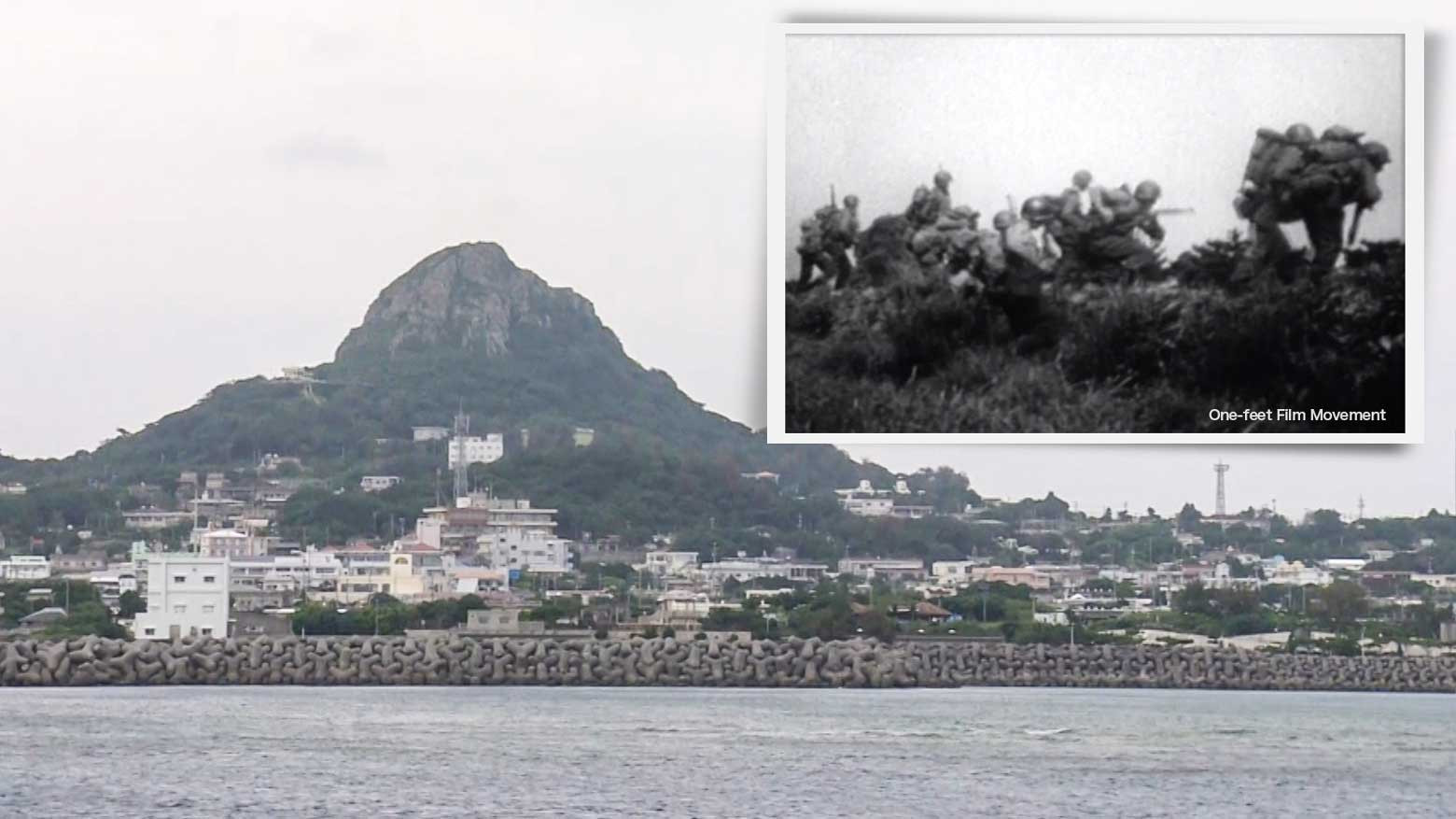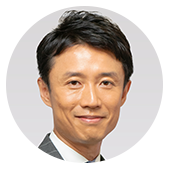The US military still occupies more than one third of the island's 23 square kilometers. Residents old enough to remember say it used to be a tropical paradise. But over the past few decades, it has become something of a geopolitical pawn.
"The fundamental structure, which is to bolster the Japan-US alliance at the expense of residents' lives, has not changed over the last half-century", says Ie community leader Yamashiro Katsumi, 64.
An island battlefield
Just 30 minutes by ferry from Okinawa's main island, Ie has a population of about 4,400. It is a popular tourist destination famous for the deep blue of the ocean that surrounds it, and an annual lily festival.
In 1945, the US military targeted a Japanese army airfield there as a potential base to launch attacks on the main island of Japan. The Americans bombarded it from sea and air for weeks. Almost all buildings were destroyed and half the population perished.
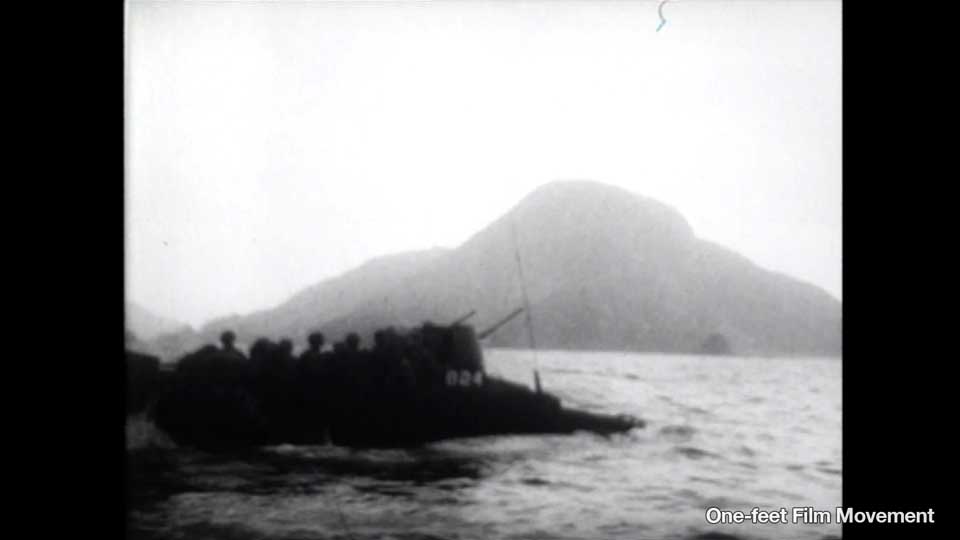
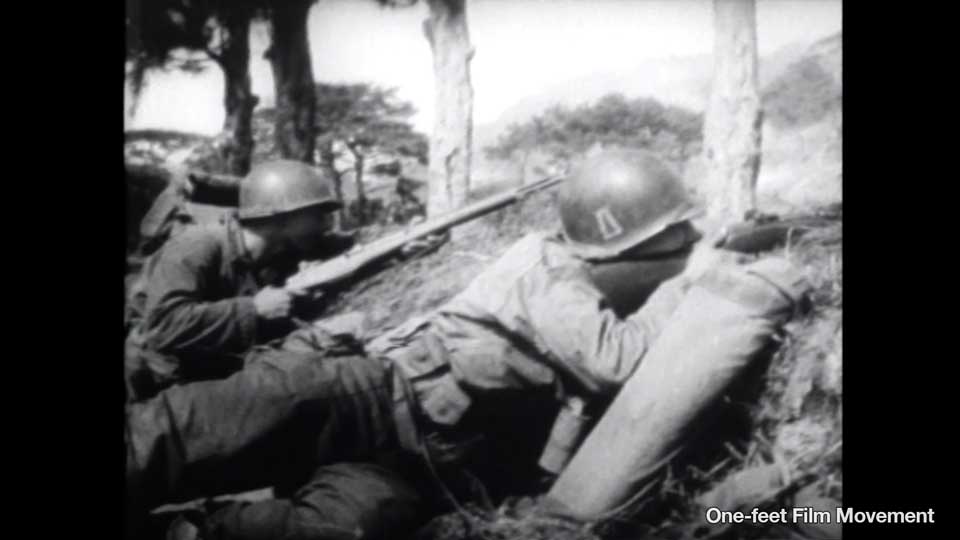
Residents and Japanese soldiers fled into caves, carrying grenades. In one cave, about 150 people committed suicide together.
Shimabukuro Manei was nine years old at the time. He and his family survived by surrendering to the Americans. "There were bodies all over. Adults were staring at the corpses. What had been a lush, green place was all burned." Shimabukuro, now 86, says he can never forget the horror.
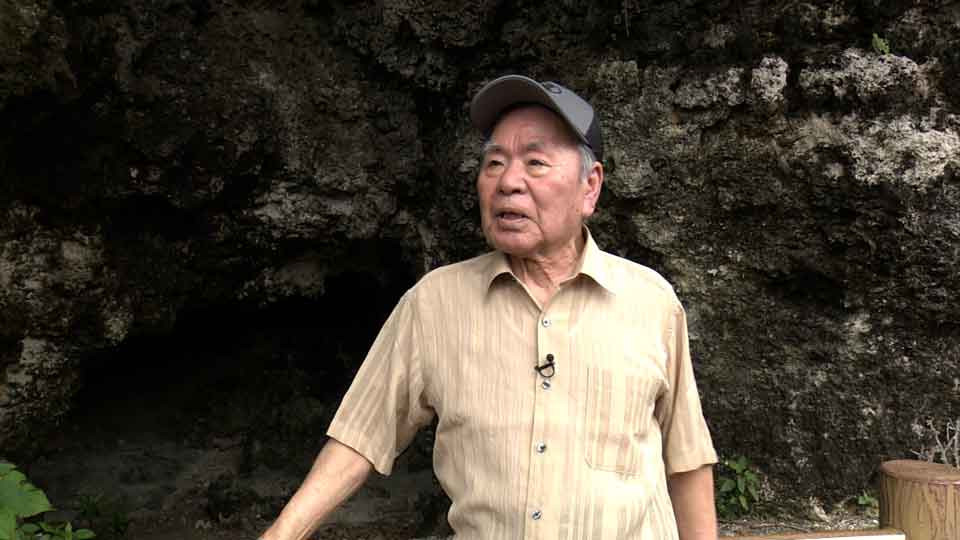
Bayonets and bulldozers
The US occupied all of Japan from the end of World War Two until the San Francisco Peace Treaty of 1952, when the country again became sovereign. But Okinawa stayed under American rule. During the 1950s, the US military began to expand its bases in Ie.
The Americans requisitioned the land, destroying islanders' houses and crops. Farmers fell into poverty. Many starved to death.
Yamashiro Kiyoshige, 68, says his parents lost their land and their jobs. He was an elementary school student at the time and made a living by collecting scrap metal from bombs that had been dropped by the Americans during military exercises.
He suffered serious leg injuries when one of the bombs he picked up exploded. But he says he was lucky: "The bomb got me where there were no bones or blood vessels. There are lots like me. Some were hit by bullets." Collecting scrap metal from used weaponry was the only way to survive, Yamashiro recalls.
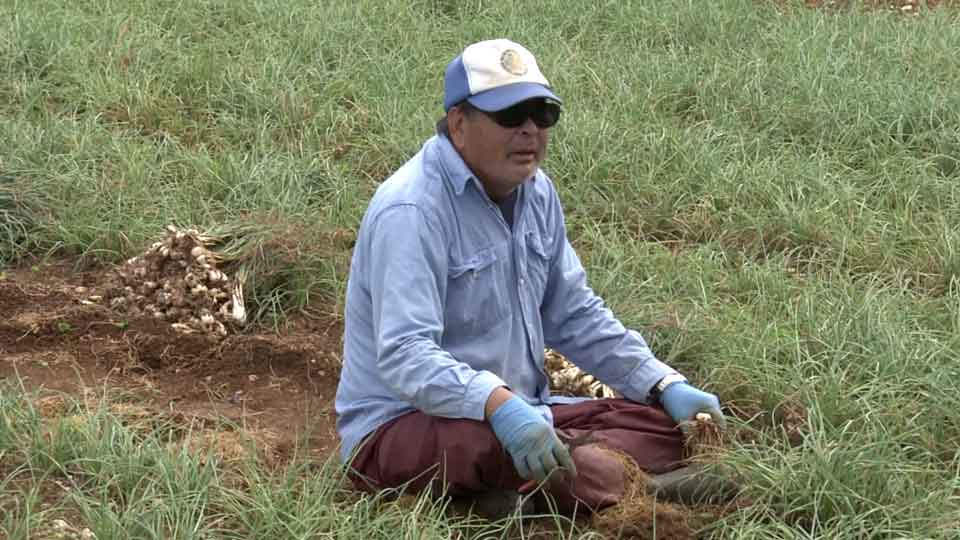
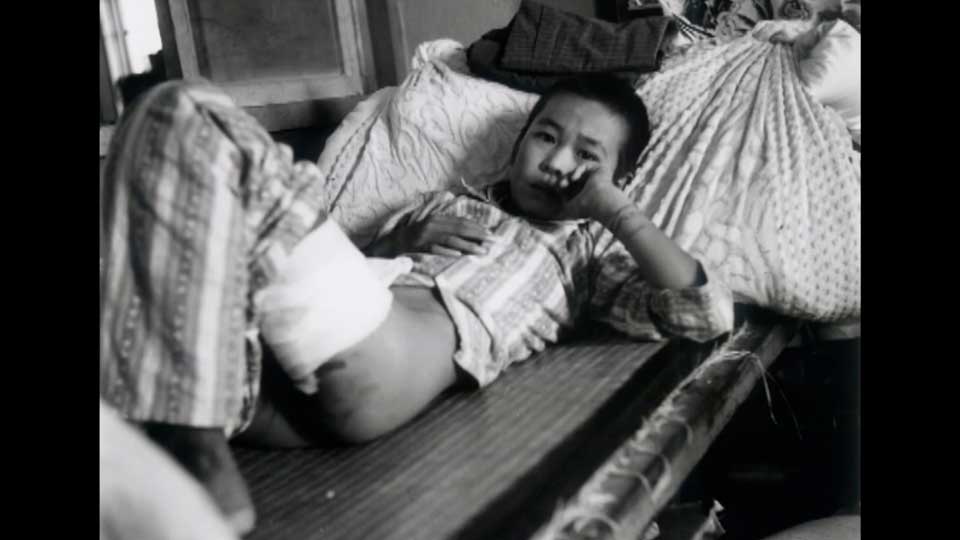
A protest movement
Ie's Anti-War Peace Museum houses documents that corroborate Yamashiro's account. They show that residents were often shot and bombed during US military drills.
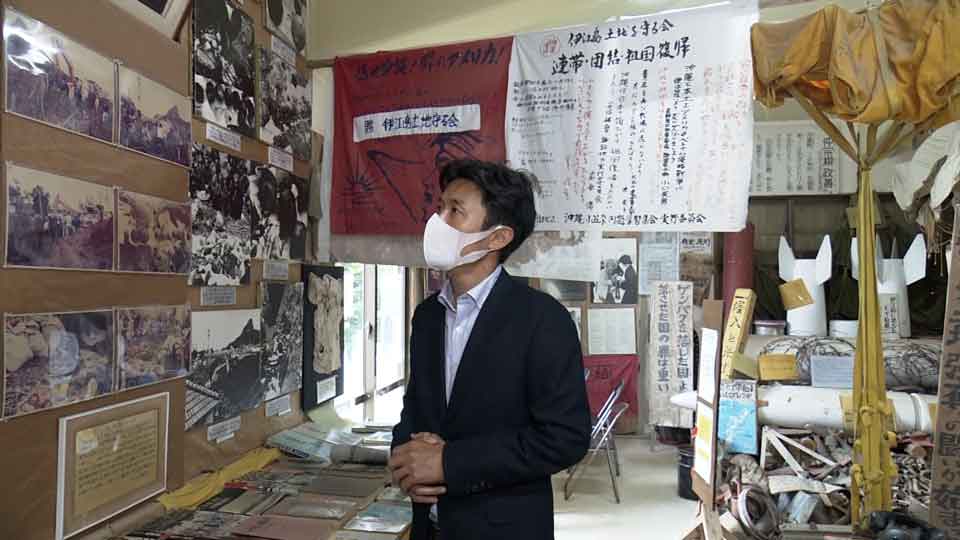
It also displays photographs of residents speaking out against their mistreatment—protesting to demand the return of their land. As time passed, Ie's protest movement grew into a prefecture-wide opposition to the US military presence.
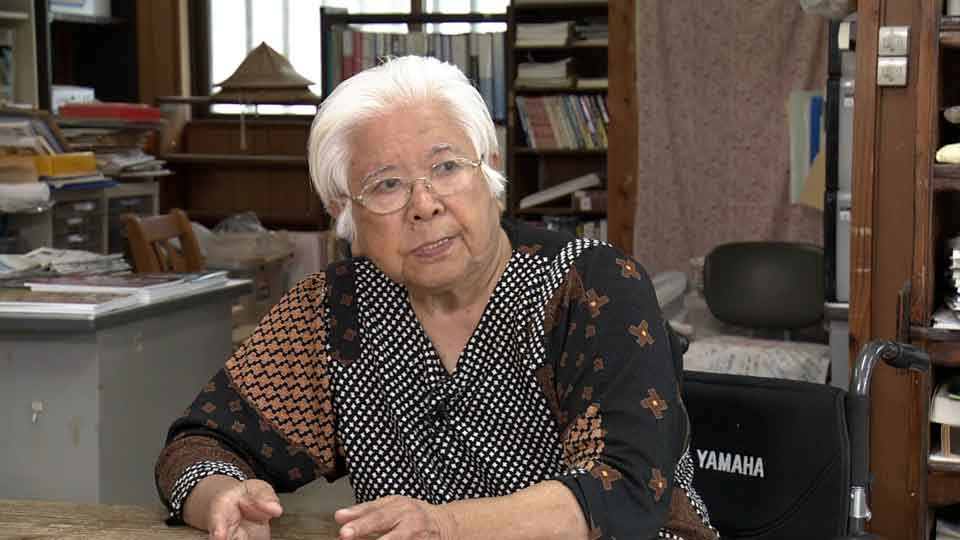
Museum director Jahana Etsuko, 84, lost family members in the war. She is uncomfortable with this year's commemorations: "What about the 27 years before the reversion of Okinawa? Nothing is said, and there are no statistics. I can't understand why the 50-year anniversary is such a big deal. It makes me angry all over again."
Times change
Okinawa's return to Japanese sovereignty in 1972 became a turning point in the lives, and attitudes, of many residents. The US had been paying rent for the land used for its bases. Since the reversion, the Japanese government has paid the bill, at a much higher rate.
The government also pays hefty subsidies to allow the US military to train on the island. That money has funded the upgrading of public facilities and services and helped to quell discontent.
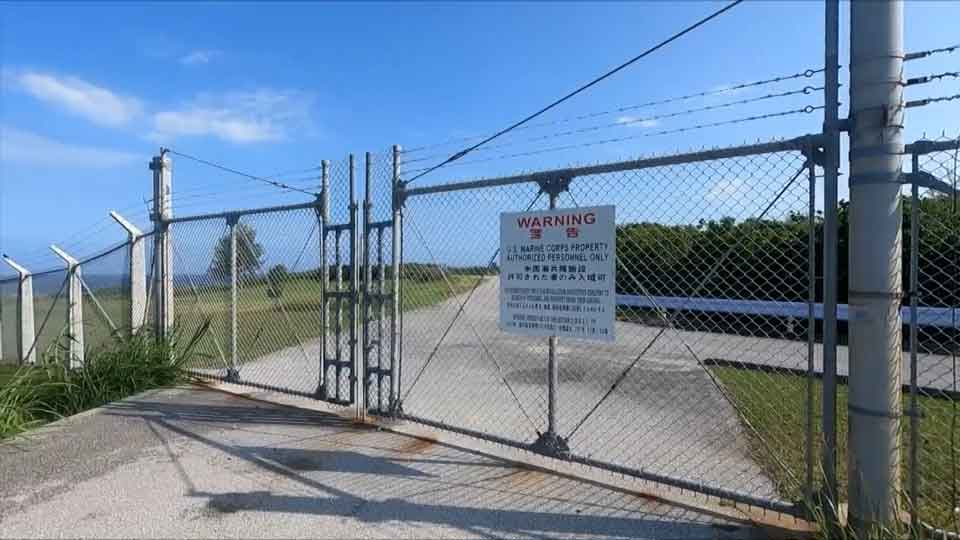
Fighter jets overhead
Farmers on Ie cultivate sugarcane and tobacco next to, and in some places on, the US Marine Corps base.
Transport aircraft Ospreys regularly fly overhead and sometimes the island hosts exercises involving F35 fighter jets.
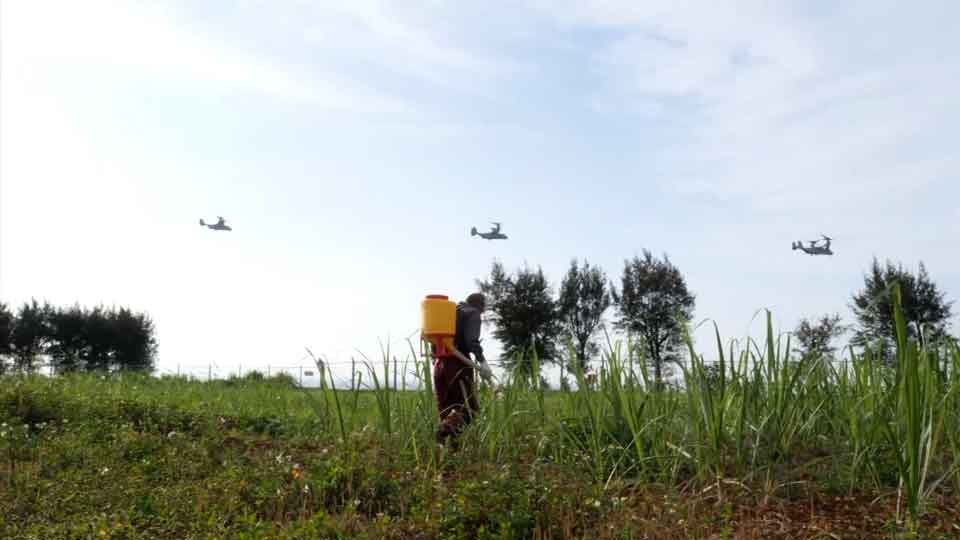
Noise and risk are part of everyday life. According to farmer Gima Yoshikazu, 77, "the sound of an Osprey reverberates in your chest. An F35 shakes your brain. The noise is awful day and night. I keep wishing for a quiet night."
An uneasy arrangement
"It is true that life on the island has improved over the last half-century," says local community leader Yamashiro Katsumi. But he argues that residents continue to suffer as the Japan-US alliance grows stronger.
Yamashiro rejects a suggestion that many people in Ie accept the US presence because of the rent they receive. "However loudly the owners speak out, the land has never been returned. Residents still want their property back", he says.
That issue is not part of the conversation as leaders commemorate the 50th anniversary of Okinawa's reversion—and for the people of Ie there are many problems unresolved. They want the government in Tokyo to do more for them, as well as the rest of Okinawa.
